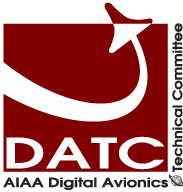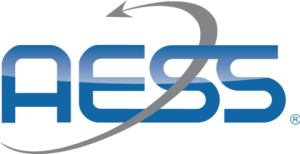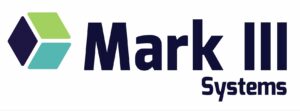-
Part-I: Avionics Systems Research and Innovation Opportunities
-
Part-II: Avionics Systems Educational Needs and Curricular Evolution
This tutorial is being presented on behalf of the IEEE Aerospace Electronic Systems Society (AESS) Avionics Systems Panel (ASP). The panel comprises experts in various areas of Avionics Engineering representing industry, academia, and the government around the globe. The tutorial forms part of efforts undertaken by the panel to propagate expertise in Avionics Systems. The tutorial is configured in two distinct segments, which in turn are interconnected as avionics (1) research and (2) education.
Part one (avionics research) elucidates the contemporary and future, industry focused, development and innovation areas in the field of Avionics Engineering. The constantly increasing density of air traffic and the growing diversity of aerospace vehicles that will occupy the air space imposes new requirements on Communication, Navigation, Surveillance/Air Traffic Management (CNS/ATM) and Avionics (CNS+A) technologies. Unmanned Aerial Systems (UAS) are key drivers in the evolution of CNS+A systems. Additionally, Urban Air Mobility (UAM) is expected to add a new dimension to future aviation related technologies. The conventional ATM network and services will be expanded to include new UAS and Space Traffic Management (UTM/STM) schemes for un-segregated operations of manned and autonomous vehicles both in atmospheric flight (including low-level and urban operations) and in near-Earth space operations. In the wake of UTM/UAM come further advances in Performance-Based Operations (PBO), which will have profound impacts on aviation equipment mandates and standards, with tangible benefits in terms of airspace capacity, safety, access modalities, prioritization and overall fairness. Another key area will be the design of Human-Machine Interfaces and Interactions (HMI2) supporting trusted autonomous operations (i.e., human-autonomy teaming). All these spheres will utilize Machine Learning & Artificial Intelligence (ML/AI) algorithms to enhance the overall CNS+A systems performance and efficiency.
Likewise, certification of ML/AI in aviation and especially safety critical avionics is a major focus of current research. Proliferation of cyber-physical systems, especially for UTM/UAM operations makes cyber security a critical requirement.
The aim of Part two of this tutorial (avionics education) is to discuss practical approaches for the alignment of educational curricula with that of relevant industry needs and technological advances in the field of avionics engineering. A review of existing avionics programs will be presented, highlighting their current shortcomings vis-a-vis prevailing industry requirements and future trends covered in part one. Building on the fact that most curricula have not been updated since the late 1990s, a new and comprehensive undergraduate curriculum is proposed, clarifying the rationale of variations from current practices. Additionally, a curriculum structure suitable for graduate avionics programs is presented, with a focus on specialist skills aligned with the prevailing research and innovations areas in Avionics Engineering. The overall objective of the proposed curricula is to bridge the gaps between higher education, industry practices, government regulators, and public stakeholder needs; towards maximizing educational outcomes and preparedness of the avionics engineering workforce, and to tackle some of the most important challenges and opportunities faced by the aerospace sector globally.

















